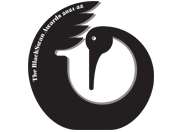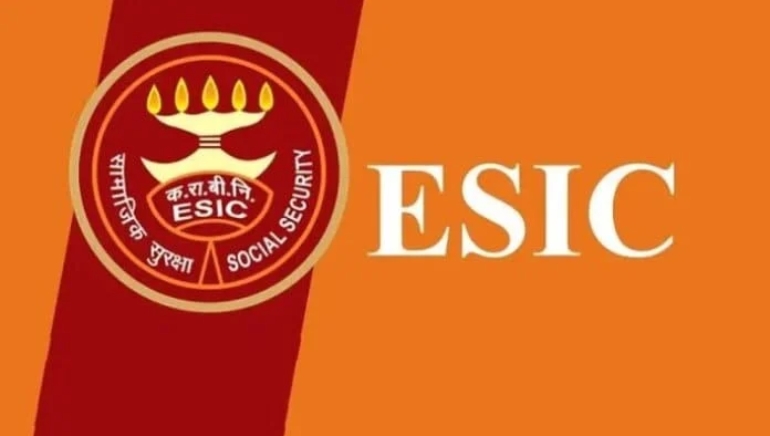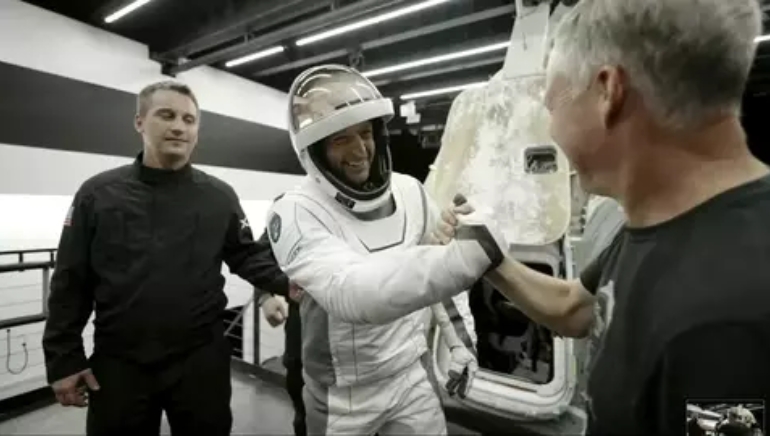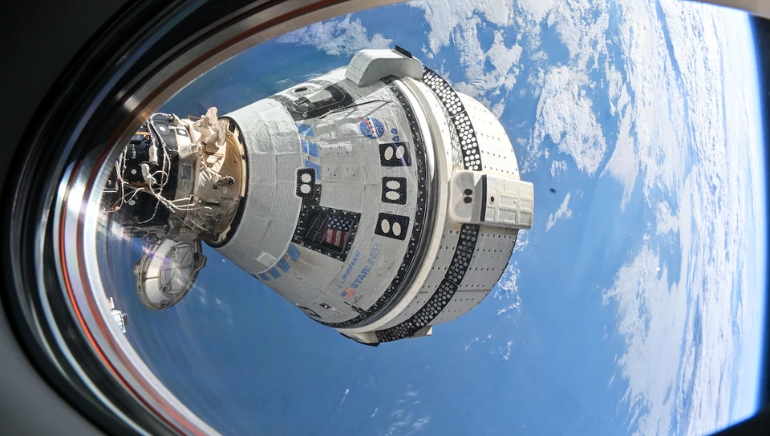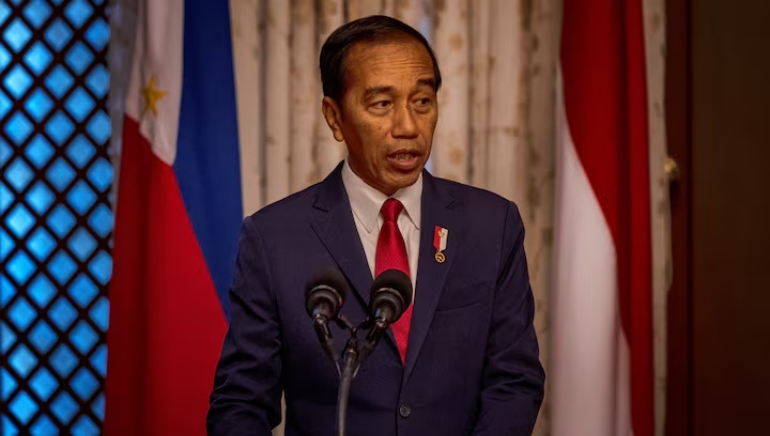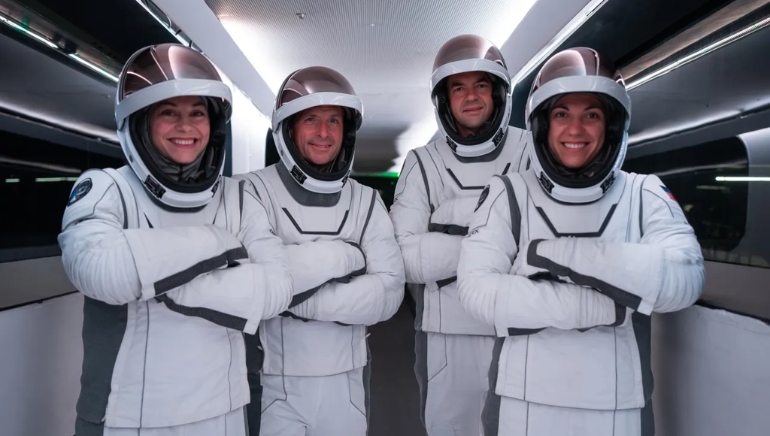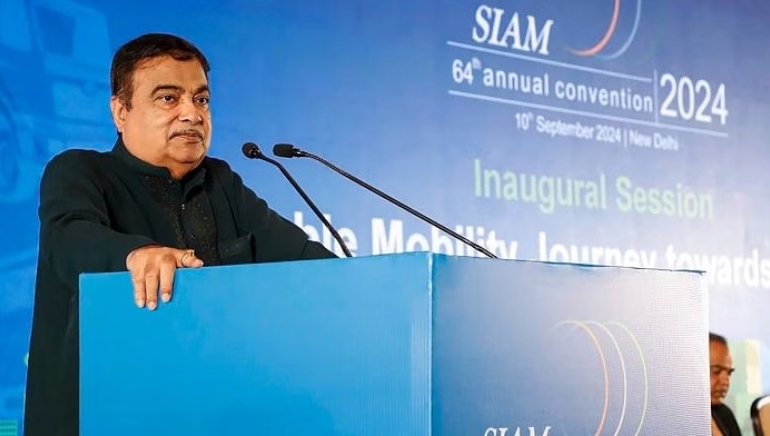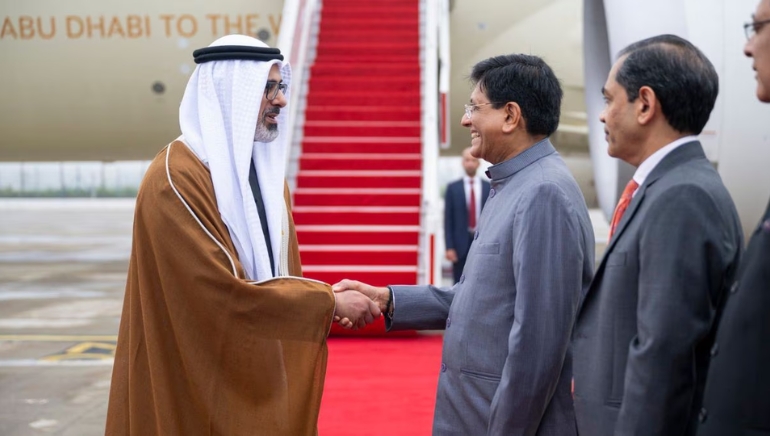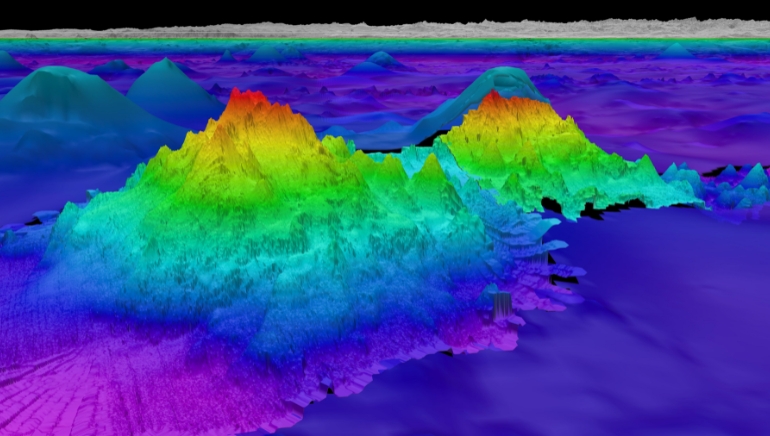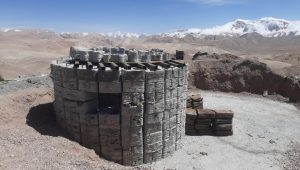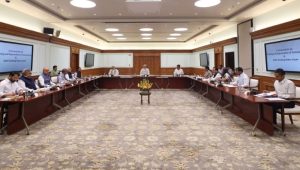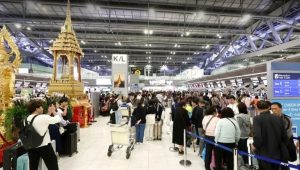Labour and Employment Minister Mansukh Mandaviya revealed intentions to merge the Employees’ State Insurance Corporation (ESIC) with the Ayushman Bharat Pradhan Mantri Jan Arogya Yojana (AB-PMJAY). This will enable ESIC beneficiaries to receive medical care from over 30,000 institutions accredited by AB-PMJAY, removing the distinction between government, public sector, and private hospitals.
Mandaviya provided this briefing during the third regional conference of western states in Rajkot. Participants included prominent officials from Maharashtra, Goa, Gujarat, Dadra and Nagar Haveli, Daman and Diu, and Lakshadweep.
This meeting was one of six regional conversations centred on critical labour and employment concerns.
The minister also emphasised efforts to update the National Career Service portal with innovative technologies such as AI and integrate it with e-Shram to improve job matching across sectors.
He emphasised the importance of reliable employment data collection and the creation of a centralised dashboard for policy formation. States and Union Territories were encouraged to improve feedback channels from assistance recipients.
Mandaviya emphasised the government’s commitment to providing social protection to all workers in both organised and unorganised sectors, and he advocated for increased coordination among the Centre, states, and UTs to improve service delivery through IT and AI breakthroughs.




